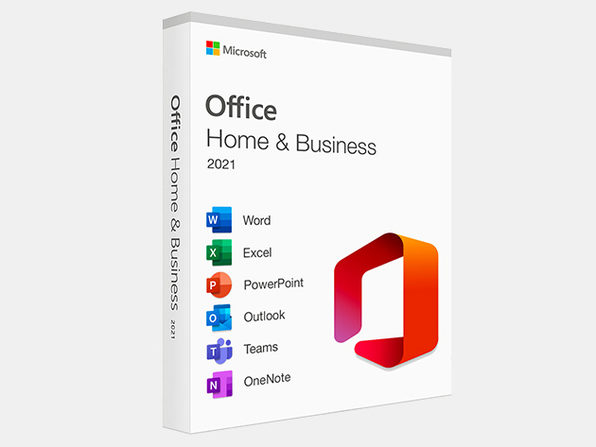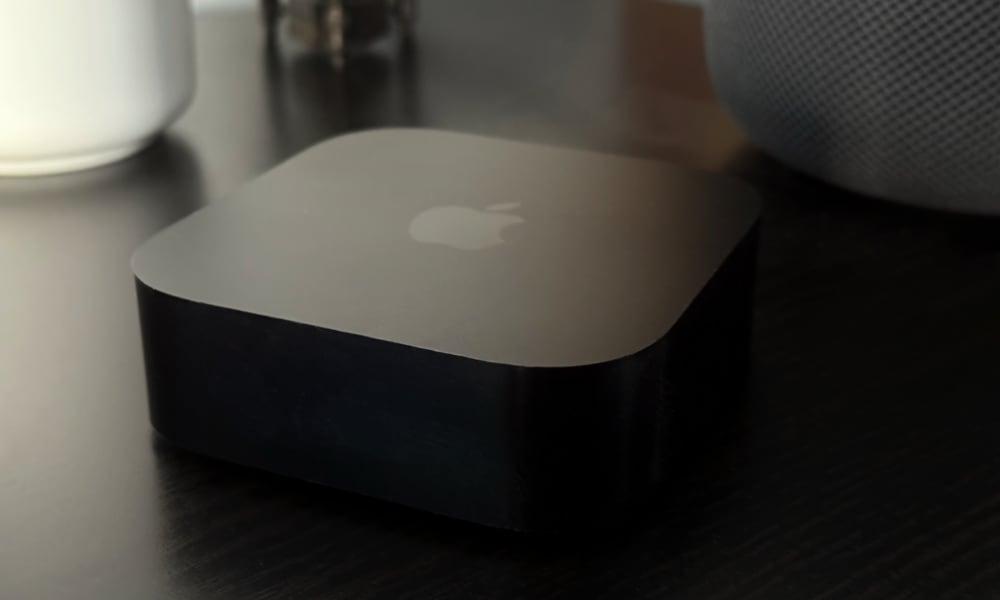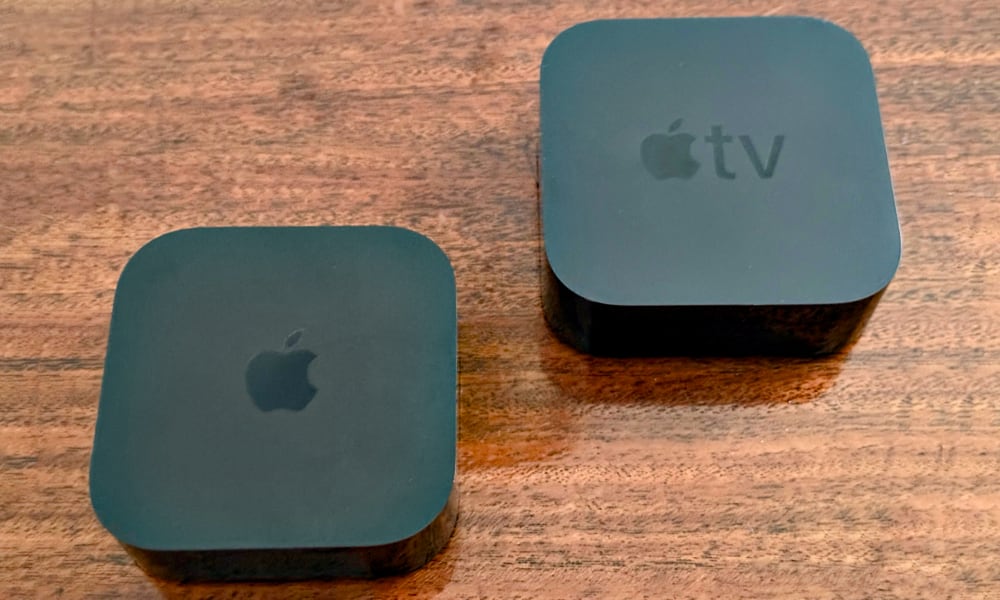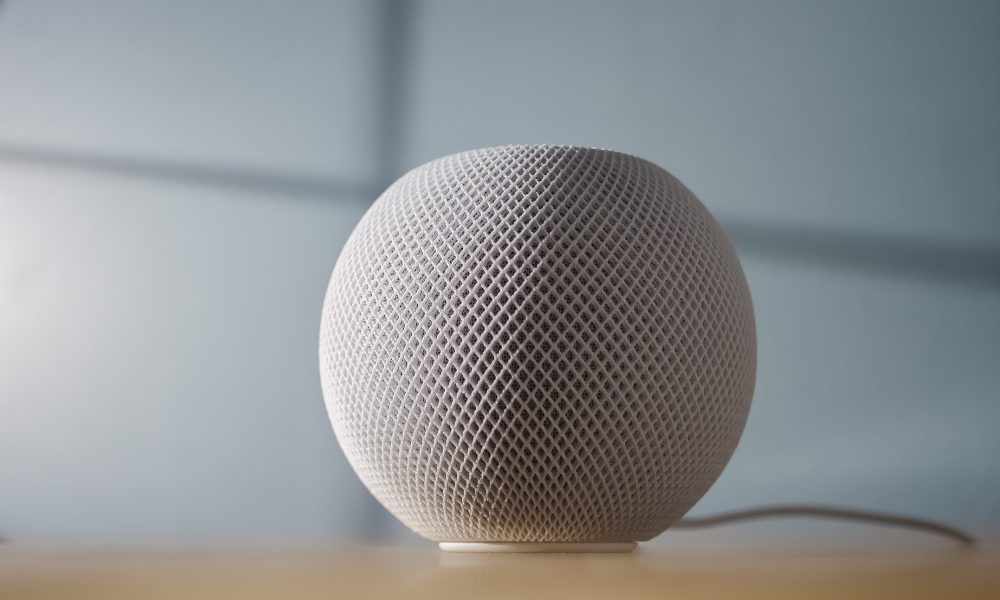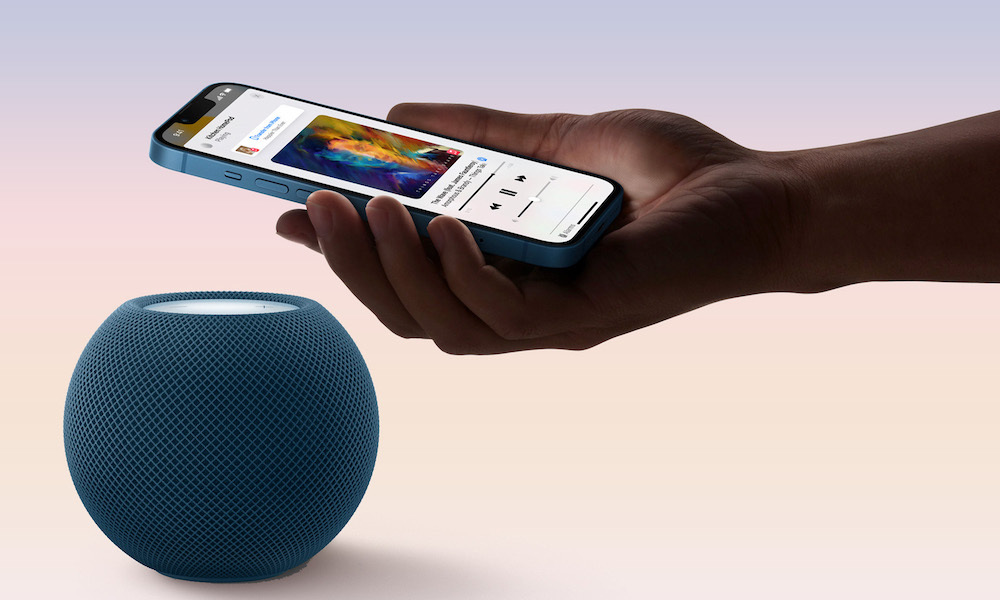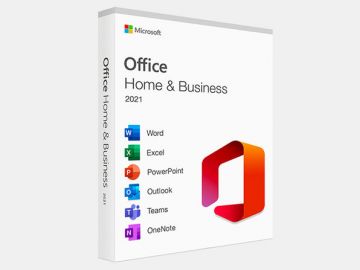Signs Point to Fresh HomePod mini and Apple TV 4K on the Horizon
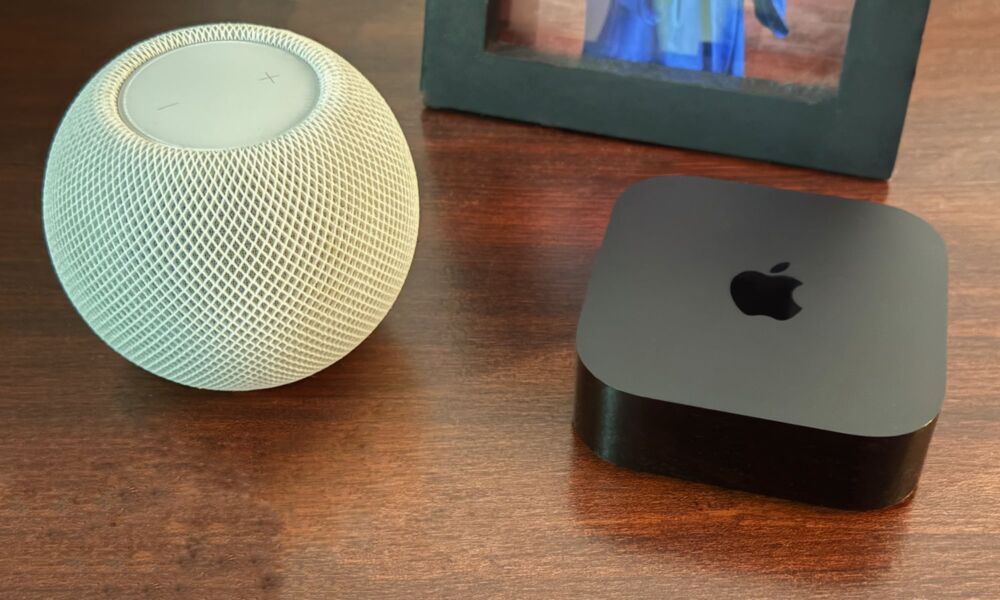
Toggle Dark Mode
While three significant Apple products are likely to get the M5 treatment this week, it looks like Apple’s home products may not be far behind. It’s been years since we’ve seen the last updates, so both the HomePod mini and Apple TV 4K are due for a refresh, with plenty of rumors suggesting new models are on the way. Now we have a classic sign that those new products could be imminent.
The timeline for a new HomePod mini and Apple TV 4K has never been entirely clear. Even as reports began swirling earlier this year that Apple would be releasing updated models soon, many sources couldn’t pin down whether that would be late 2025 or early 2026. The hardware was reportedly on track for the fall, but some believed the Siri delays that have pushed Apple’s Home Hub into early next year might affect the rest of its home ecosystem.
Things remained murky until Apple gave us a hint yesterday when it dropped the plus from its Apple TV streaming service. Cue up the confusion as Apple suddenly had a hardware device, an app, and a service sharing the same name. It seems inconceivable that Apple would leave that as the current state of affairs. With a new set-top box right around the corner, it’s a perfect time for a rebrand across the board, and the timing telegraphs the arrival of the next-generation model.
However, now we have the biggest clue that new hardware is in the pipeline: diminishing retail stock levels. As reported by Bloomberg’s Mark Gurman and confirmed by several other outlets, Apple TV and HomePod mini are seeing “very low inventory” at Apple Stores.
That’s a telltale sign that Apple is preparing to discontinue a product to replace it with a newer model. We saw the same thing last week with the M4 MacBook Pro and iPad Pro, and while the timelines for such things aren’t always linear, if Apple launches its M5 MacBook Pro and iPad Pro this week, then the HomePod mini and Apple TV 4K (or whatever it will be called) could come next week. This combination of regulatory reshuffling, product renaming, and tightening supply lines all fits Apple’s classic pre-launch rhythm, and means we’re almost sure to see them by the end of October.
The Apple TV 4K
Apple’s set-top box has always been on an unpredictable release cycle. The fourth-generation Apple TV, which ushered in the tvOS era, came out in 2015. It was followed two years later by the first Apple TV 4K model, but we endured four years of silence after that, when nothing happened to the hardware other than a quiet rebranding of the 2015 set-top box to the “Apple TV HD” to help distinguish it from the 4K model.
Then, Apple not only gave us a powerful new Apple TV 4K in 2021, but followed that up with a third-generation model in 2022. The two boxes were remarkably similar, other than the chip inside and a few other minor spec differences, but the rapid-fire releases gave us hope that the company might adopt an annual cycle of improvements.
Sadly, that was not to be. Of course, the 2022 Apple TV 4K still works great, so there’s arguably no reason to replace it just for the sake of upgrading the chip — a streaming box only needs to be so fast, and with a booming game console market developers aren’t in any hurry to create the kind of AAA games for the Apple TV that would demand more powerful silicon.
A Smarter Box for the Apple Intelligence Era
So, Apple has bided its time. Nevertheless, one significant change to the third-generation Apple TV that appeared to be little more than cosmetic at the time was the removal of the “tv” from the logo on top. Given Apple’s preference for aligning hardware, services, and app branding — from Music to News — that quiet design change might have been the first signal of a broader identity shift: rebranding its set-top box into something else.
After all, the next “Apple TV” is likely to be more than just a set-top box. Even the current version has already evolved beyond those humble beginnings, but if Apple packs in an A17 Pro or better chip — which it’s widely expected to do — then it’s also likely to become an Apple Intelligence device and a more serious gaming platform.
It’s anybody’s guess what Apple will call that, but it’s not hard to imagine how “Apple TV” no longer fits. That name is a 17-year-old anachronism that was originally applied to an iPod-like set-top box with an internal spinning hard drive that has about as much resemblance to today’s models as the 1984 Macintosh does to an iMac. It’s time to move on from that branding, and this could be the right time for such a change, especially as Apple leans further into its home automation ambitions.
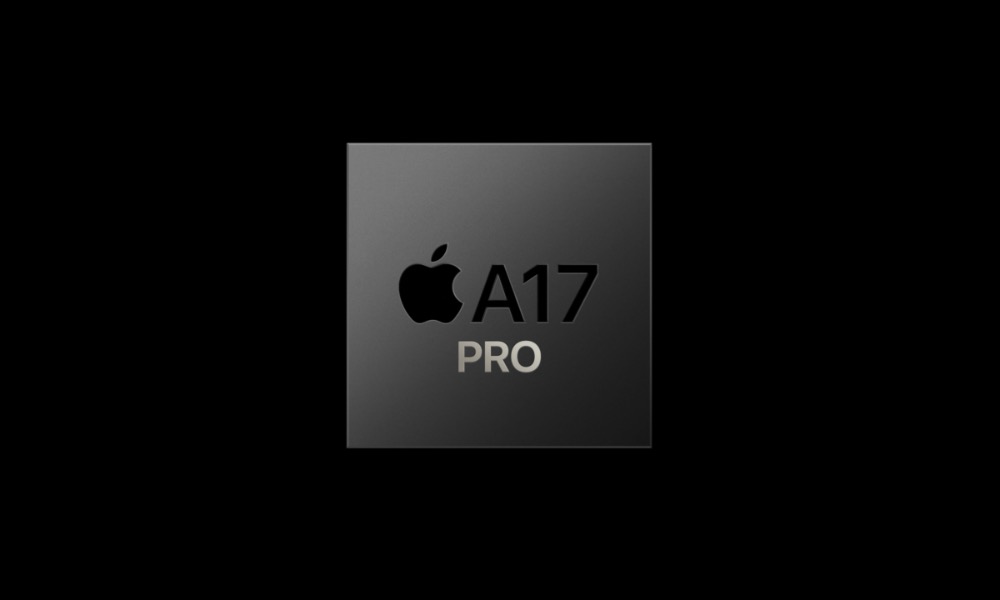
As for what we’ll likely find inside, a new chip is a given, and an A17 Pro is the most likely candidate. Apple could surprise us and go beyond that to an A18-class chip, or even drop in something M-series, but the A17 Pro still feels like the most likely candidate unless it plans to wind down production of that chip entirely.
We’ll probably also get better Wi-Fi, likely at least Wi-Fi 6E, but possibly even Wi-Fi 7. There’s a good chance this will be powered by Apple’s new N1 chip, which debuted in this year’s iPhone lineup. If so, then the money is on Wi-Fi 7 support, along with Bluetooth 6.
Some speculative rumors have also suggested the possibility of a built-in FaceTime camera, but it’s hard to imagine how Apple would do that unless it plans to bundle a wireless camera or redesign the set-top box so it can literally sit on top of the TV for optimal camera placement.
Clunky solutions like a wired camera are very un-Apple-like, and a wired camera seems like a stretch, particularly since Apple already lets you use an iPhone with its Continuity Camera feature. That works well, though it ties up your iPhone during a call unless you’ve got a spare kicking around.
While the Apple TV may have become Apple’s most awkwardly named product, the smaller HomePod mini has a simpler story.
The HomePod mini 2
By comparison, we’ve heard even less about a HomePod mini 2, and that’s probably because there’s not really that much to say.
Apple reportedly plans to give the diminutive smart speaker a spec bump, which is appropriate since it was released in 2020 and has had only a couple of relatively minor color updates since. The original HomePod mini is powered by an S5 chip — the same one that was used in the Apple Watch Series 5 — and this year’s model will likely bump that up to the S9 chip from the Series 9.
That could be about more than a mere performance increase, as the S9 also has a four-core Neural Engine inside. It’s powerful enough to let newer Apple Watch models handle on-device Siri requests, and could therefore do the same for the HomePod mini, while opening the door to some limited Apple Intelligence capabilities.
It’s unlikely the HomePod mini will be able to handle any AI large language models (LLMs) on its own, but it might be enough to leverage Apple’s Private Cloud Compute infrastructure to process and offload stuff into the cloud, or at least work more in concert with an AI-capable iPhone or “Apple TV” on the same network.
The new HomePod mini has also been long-rumored to get Apple’s new Wi-Fi and Bluetooth chip. That’s likely the N1 that Apple showed off last month during its iPhone debut. That could deliver Wi-Fi 7 and Bluetooth 6 support, although we’d be surprised if Apple turns the HomePod mini into a Bluetooth speaker, as it’s always positioned it as a network AirPlay device.
The N1 also supports Thread networking for smart home integration, which — combined with the new Wi-Fi standard — positions a new HomePod mini for faster, more reliable wireless connections and tighter integration with the Thread-based Matter ecosystem. Some reports have suggested the new chip could let the HomePod mini work as a router or Wi-Fi extender, opening the door for Apple to eventually create a wireless mesh system of smart speakers. However, even if the chip can technically handle that, it doesn’t mean that Apple will enable it right away. Maybe someday, but the company is known for taking baby steps when it comes to new features and technologies.
[The information provided in this article has NOT been confirmed by Apple and may be speculation. Provided details may not be factual. Take all rumors, tech or otherwise, with a grain of salt.]

